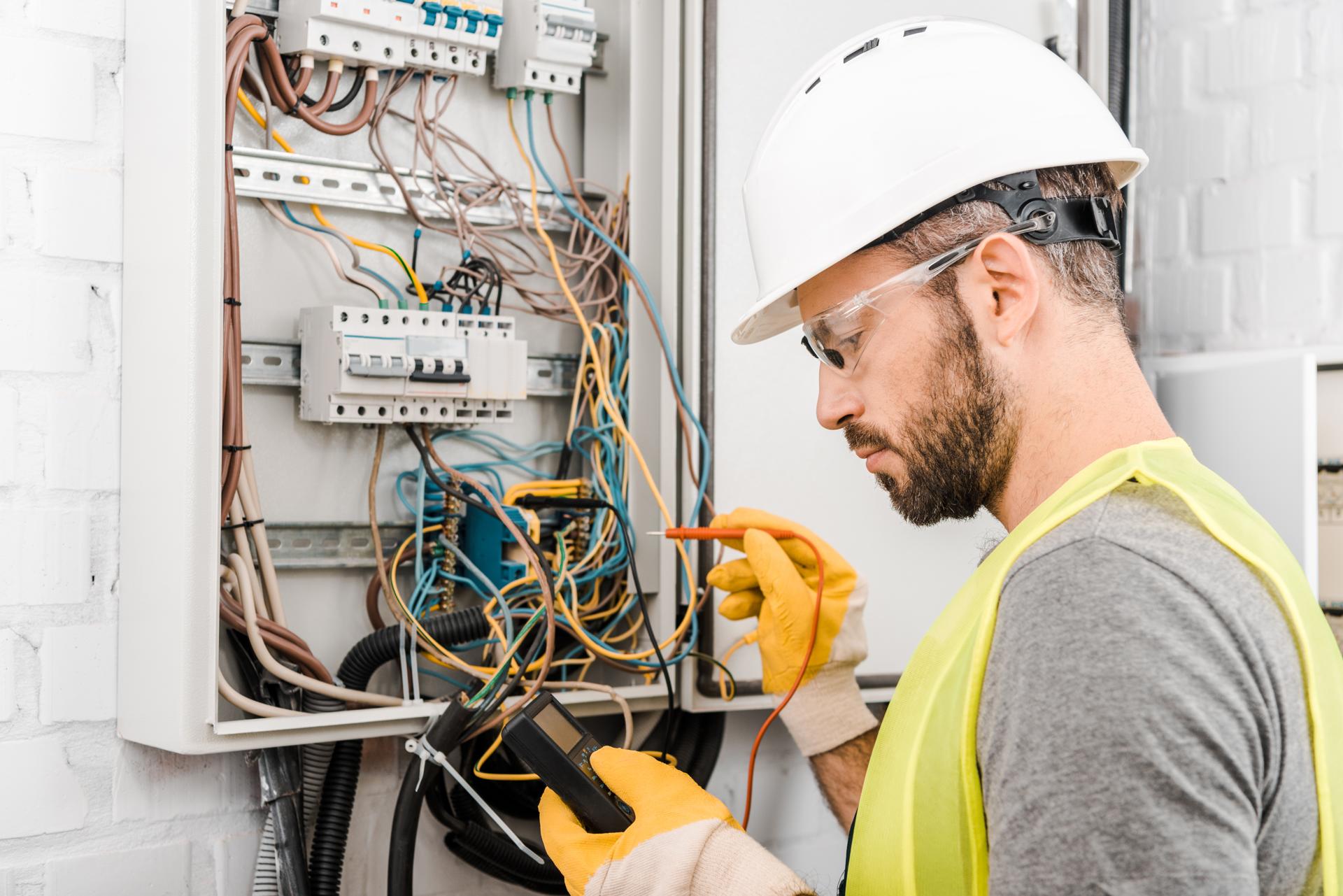A Basic Explanation of the Concepts Behind Electrical Wiring in Your Home

Electricity is a vital part of our everyday lives, supplying everything from the lights of our homes to the devices we use every day. However, electric systems may be complex, knowing how they work isn’t easy. In this article we’ll breakdown the components that make up an electric system, and explain how circuits work to power devices and appliances. Our residential electricians can handle any electrical jobs you need.
The components of an electrical system
A home’s electrical system includes a number of essential components that work to provide power throughout homes. They include:
Breaker box: the central distribution point for electric power in a home in which the power is split into various circuits
Switches and outlets: the points at which electricity is supplied to appliances and devices
Wiring: the electrical wires that transmit electricity from the breaker box, to the outlets and switches
Electrical appliances and devices: the appliances and devices that require electricity to function.
Electrical Circuits
A circuit of electricity is one that lets electricity flow from the main source (the breaker box) to the appliances and devices in a home. There are two types of electrical circuits that can be found in a home that are 120-volt and 240-volt circuits. 120-volt circuits are utilized for the majority of household appliances and appliances, whereas 240-volt circuits are used to power larger appliances, such as air conditioners and electric dryers.
Electrical circuits work by creating the loop which allows electricity to flow from the source to the appliance or device. The loop is comprised of a hot cable that is the conduit for electricity, a neutral wire that completes the circuit as well as a ground wire that provides the pathway for electricity to travel to the ground in case there is a problem.
Understanding Electrical Wiring
Electrical wiring is available in many kinds, such as non-metallic sheathed cable (NM) and armored cable (AC), and conduit. Each kind has its advantages and disadvantages and the selection of the wiring type is contingent upon the particular requirements for the particular installation.
The electricity travels through wires by creating a flow of electrons that travel through the wire. The electrons flow through the wire from source, to appliance or device and then back to the source through the neutral wire. It’s essential to ensure that the wiring is put in place and maintained properly, since defective wiring could lead to electrical hazards like shocks and fires.
Common Electrical Issues
Common electrical issues in homes include tripping light bulbs, flickering breakers and disconnected outlets. These problems can be caused by a variety of factors such as overloading circuits poor connections, or faulty wiring.
If you are experiencing one of these problems, it is essential to determine the root cause and take steps to correct the issue. In some cases it may be necessary to contact an accredited electrician to inspect and repair the wiring.
Final Conclusion, and Call to Action
Understanding the way electrical wiring functions is vital to ensure the security and reliability of your home’s electrical system. By following the guidelines outlined in this document, you can stay safe and prevent potential hazards.
If you have any concerns or questions regarding the electrical system in your home do not hesitate to call Electrician Adelaide SA. Our team of licensed electricians has the experience and knowledge to address all of your electrical needs. Contact us at 1300 272 584 to schedule a appointment.
FAQ
What are the indicators of a faulty electrical wiring?
Signs of faulty electrical wiring can include tripping breakers, flashing lights, and electrical outlets that are not working, for example.
When should I have the electrical system of my house checked?
It is recommended to ensure that your electrical system is inspected by an authorized electrician at least every 10 years.
What is the lifespan of wiring that is electrical?
The lifespan of electrical wiring depends on many factors, such as the type of wiring used, the setting it’s placed in, as well as the quality of the installation. In general, electrical wiring lasts as long as thirty years, or even more if it’s installed with correct installation and care.
Do I need to fix electrical issues by myself or should I employ an electrician?
While some electrical issues are fixable by homeowners, it’s advised to hire a licensed electrician for the majority of electrical repairs. Attempting to fix electrical problems without proper training and experience can be dangerous and may cause damage or injury to your home.
What should I do if experience an electrical emergency in my home?
If you encounter an electrical issue first thing to do is to turn off the power to the affected location by turning off the breaker or fuse. Contact an authorized electrician to examine and fix the problem as quickly as you can.
By following these rules By following these rules, you can ensure security and reliability of your home’s electrical system and prevent any potential dangers. Be aware that when it comes to electrical repairs or installations, it’s recommended to rely on the professionals. Reach out to Electrician Adelaide SA at 1300 272 584 to discuss all of your electrical requirements.
